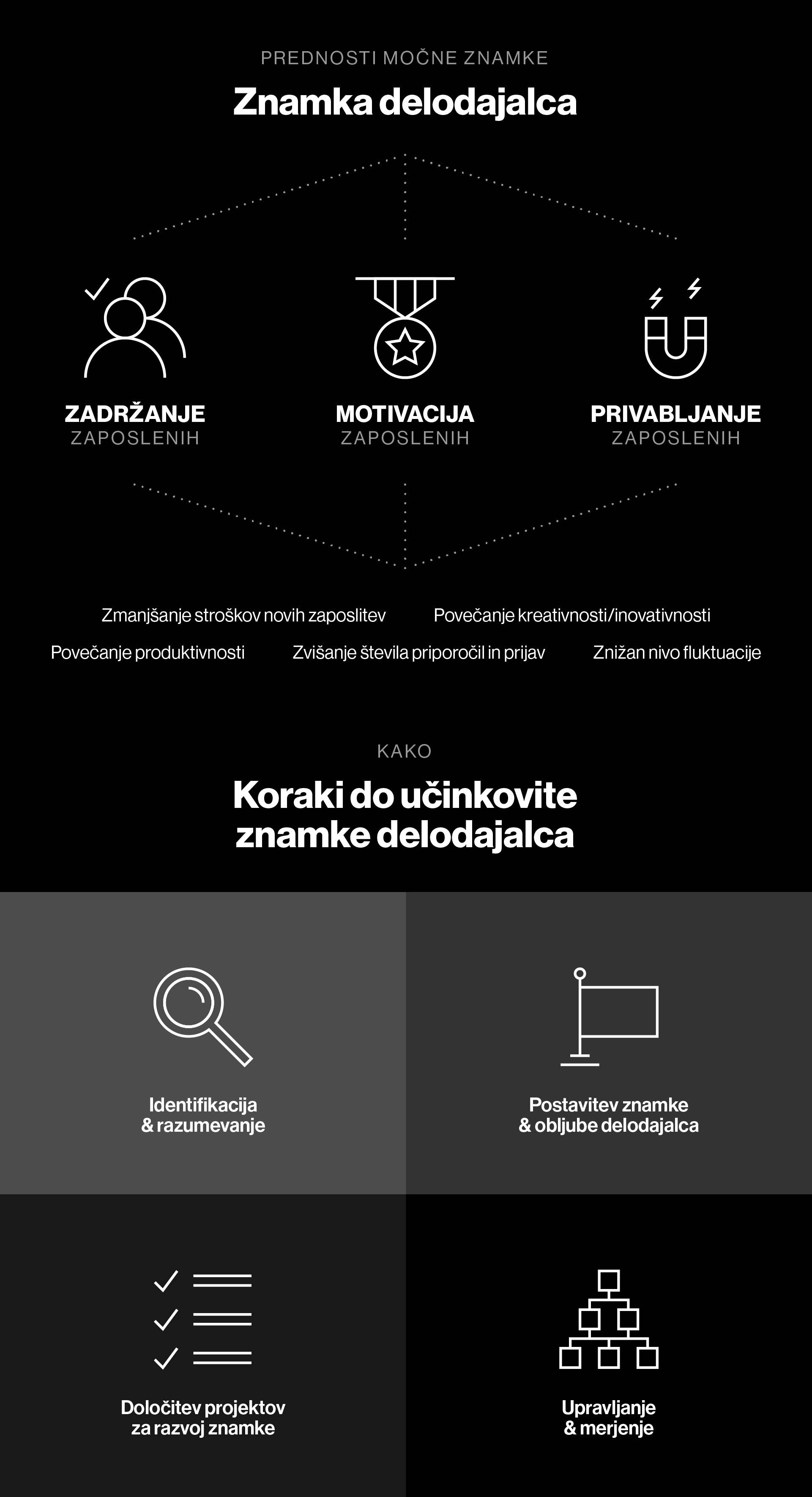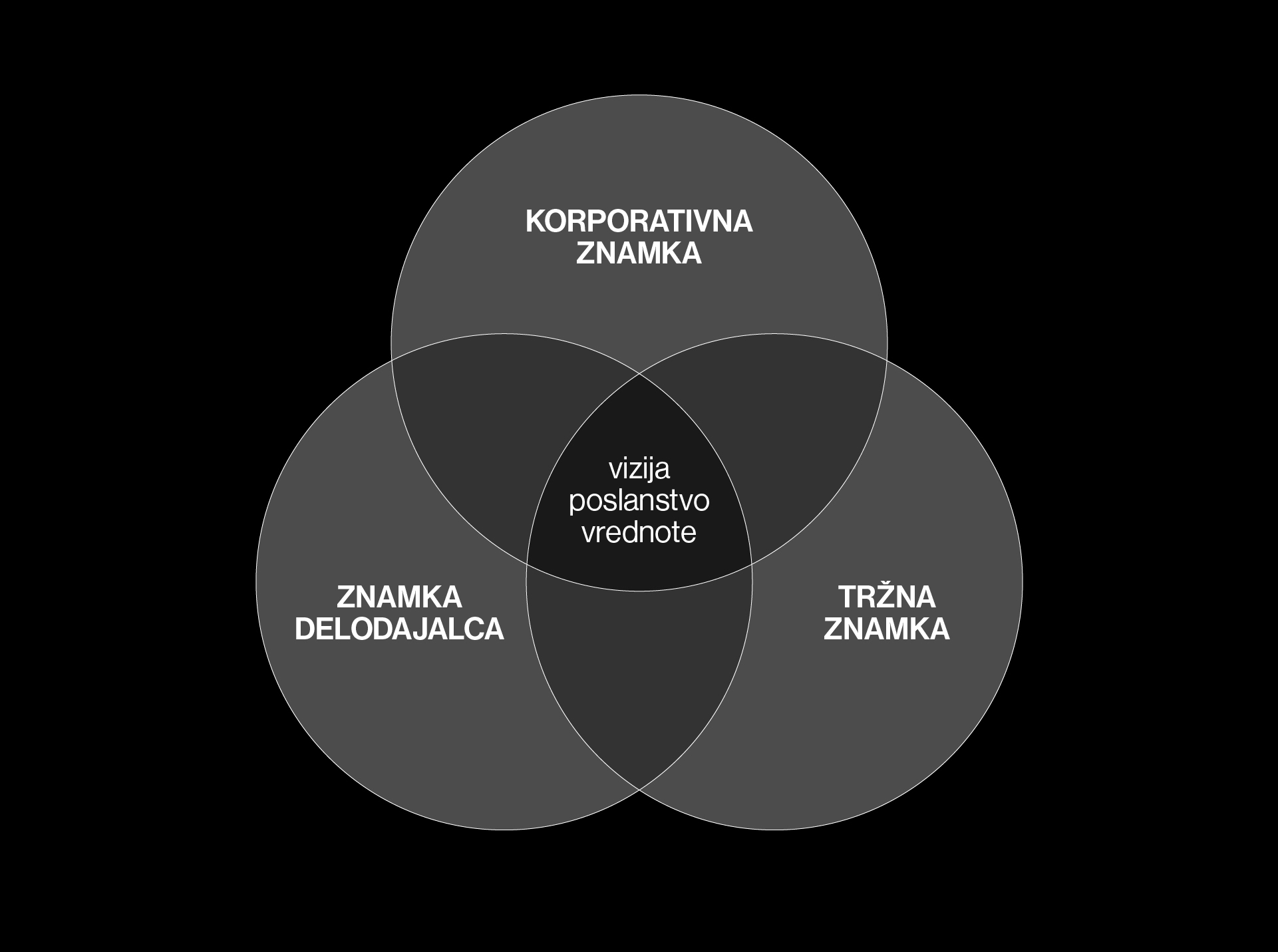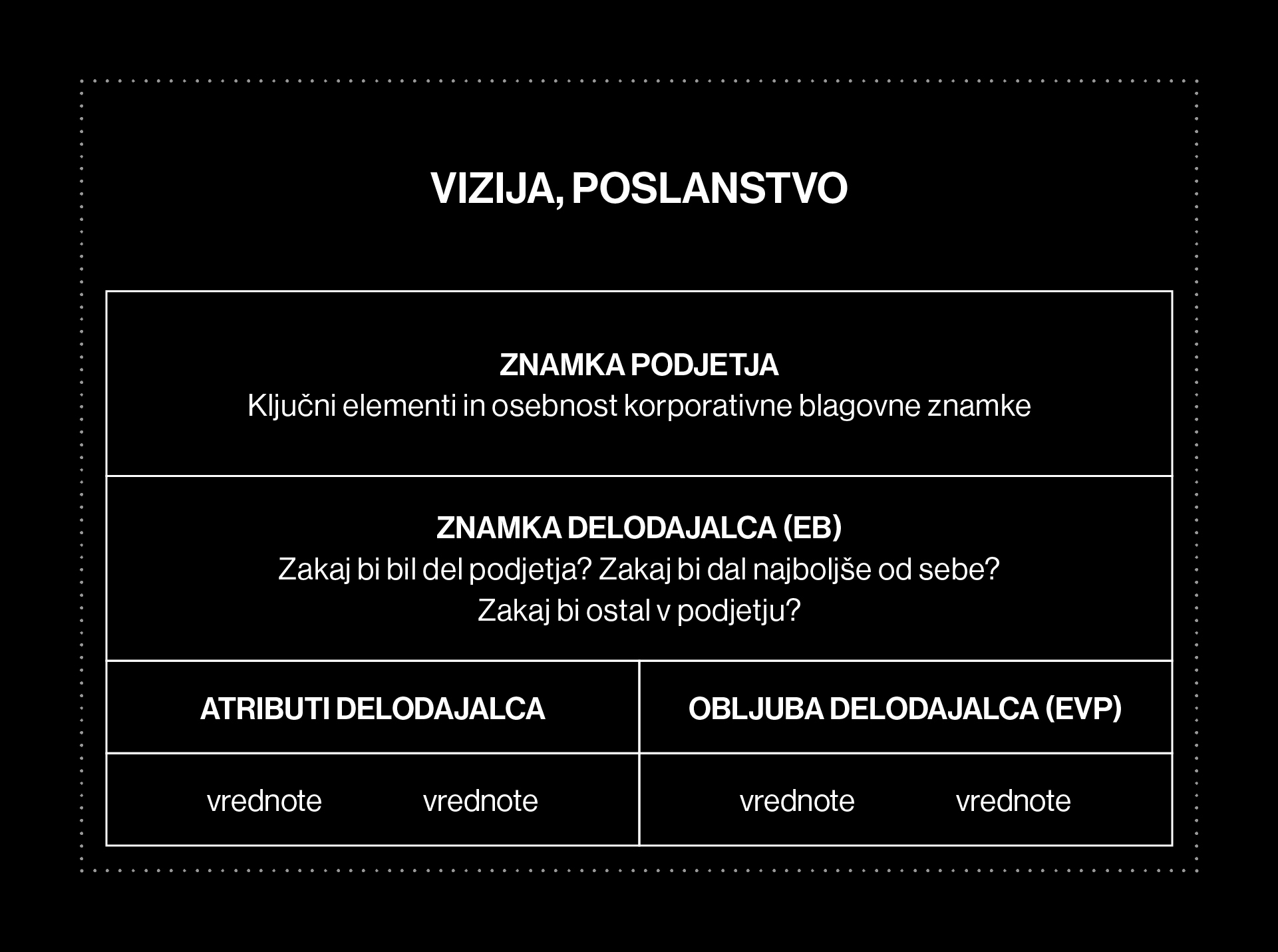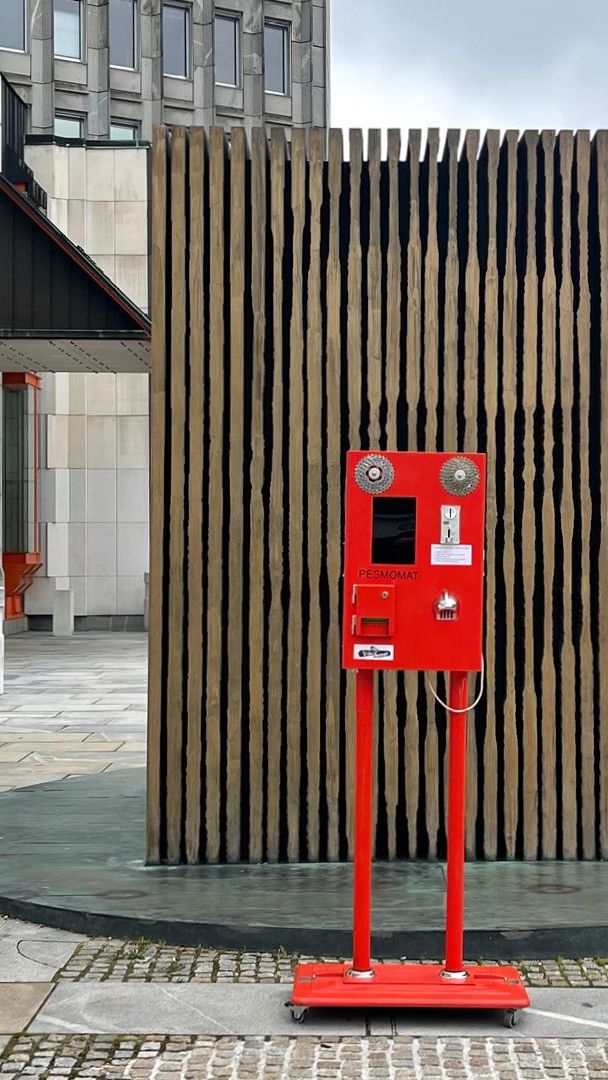Brief
Employer branding helps companies stand out within a saturated market while retaining their current human resources and attracting new ones. It serves to unite existing and address incoming employees using a positive methodology, emphasizing constructive sincerity, and providing a connection by accentuating the good and recommending improvements where needed.
Solution
Employer branding and experience rest in the company’s culture and strategy. Establishing, maintaining, and building upon an employer’s experience depends on 3 steps: identifying and implementing the employer brand (EB), the employer’s promise (EVP), and outlining projects for expanding upon the employer branding and experience.
Services
- Analysis of current HR and communications and alignment with the company’s strategy
- GAP analysis and starting points for formulating an EB
- implemented EB
- Determining employer promises (EVP)
- Individual EVP elements: slogan, core message, primary attributes
- Guidelines for visual brand identity
- Project list and timeline for constructing and managing the EB (HR, communications, marketing)
- Annual strategy – priorities, timeline
- Itemized cost assessment
- EB KPIs and method of evaluation









